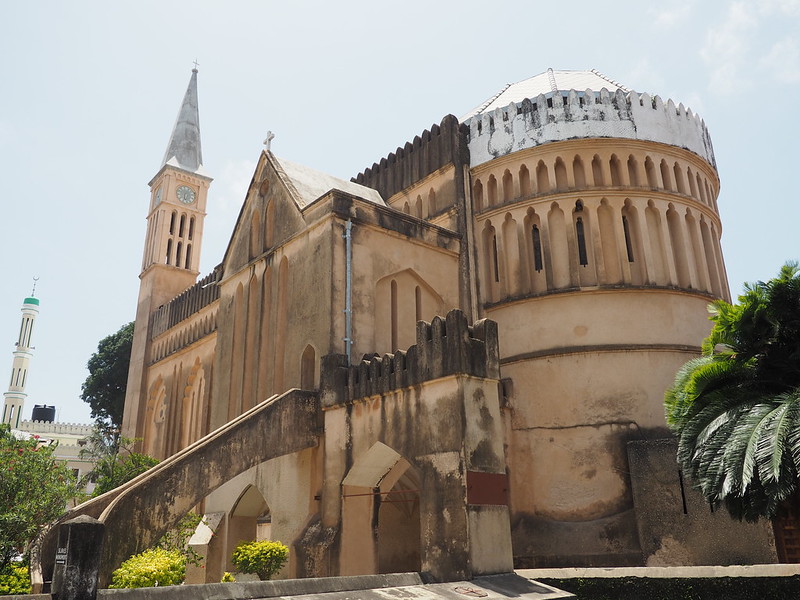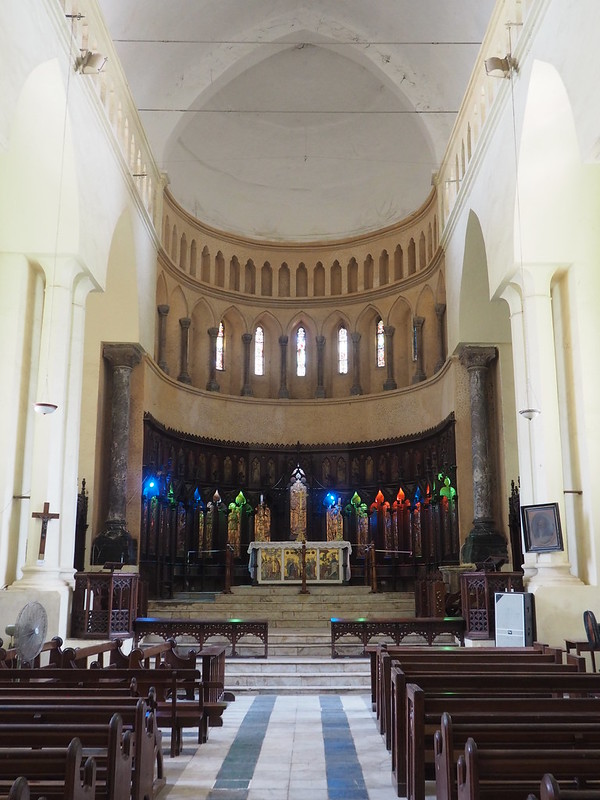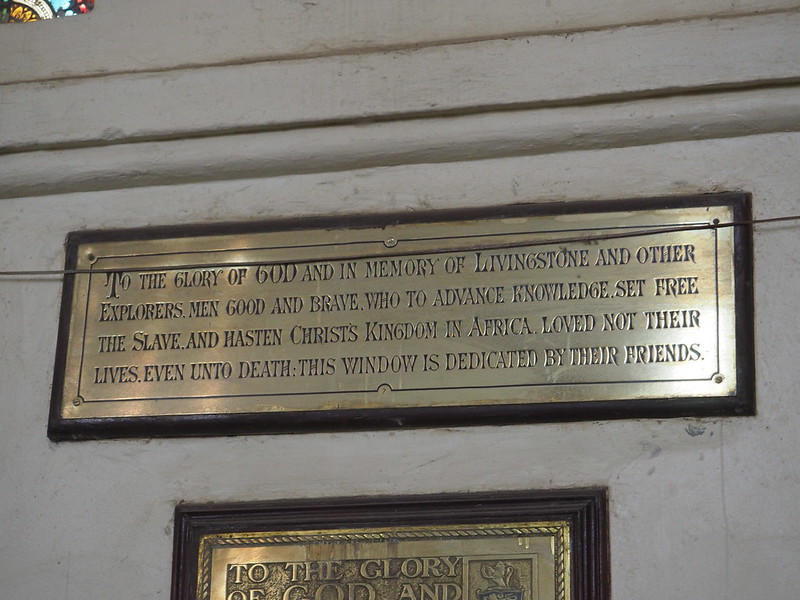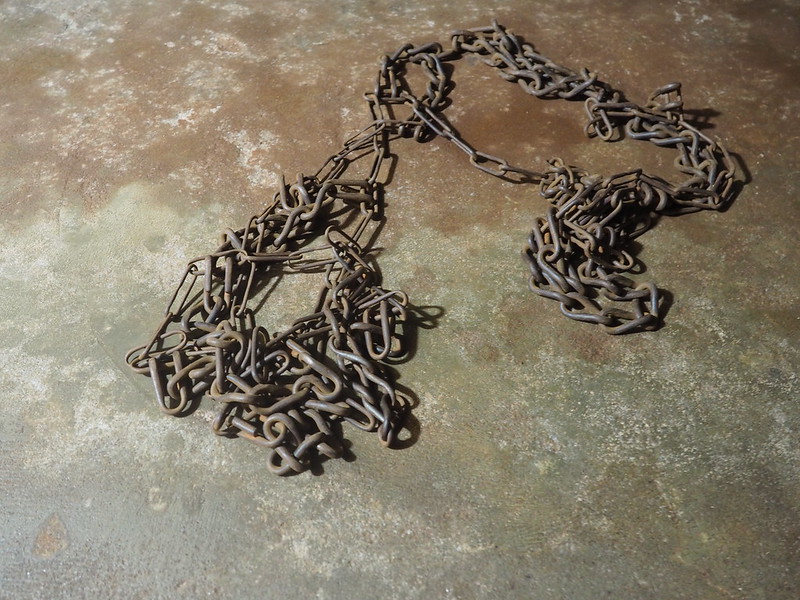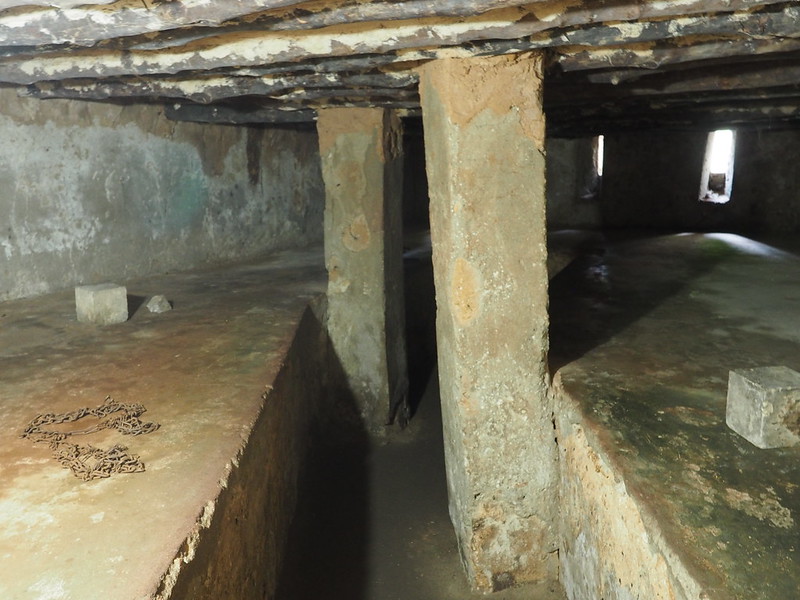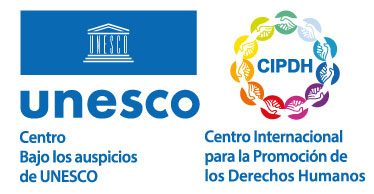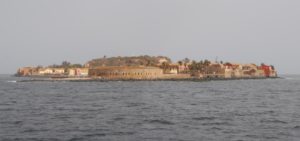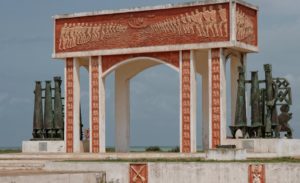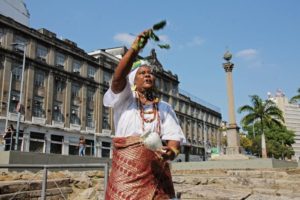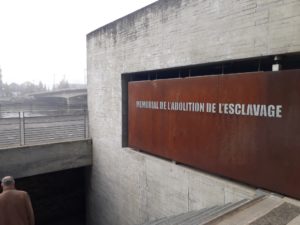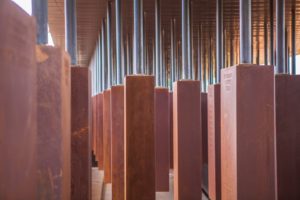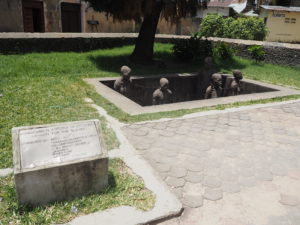Christ Church Anglican Cathedral (Former Slave Market in Zanzibar)
Site
Theme: Slavery

Address
New Mkunazini Road
Country
Tanzania
City
Zanzibar
Continent
(Es) África
Theme: Slavery
Purpose of Memory
To commemorate slave trade in Zanzibar.
Institutional Designation
Christ Church Anglican Cathedral (Former Slave Market in Zanzibar)
Date of creation / identification / declaration
1879
Public Access
Free
UNESCO Connection
2000: Stone Town registered in the UNESCO's World Heritage List.
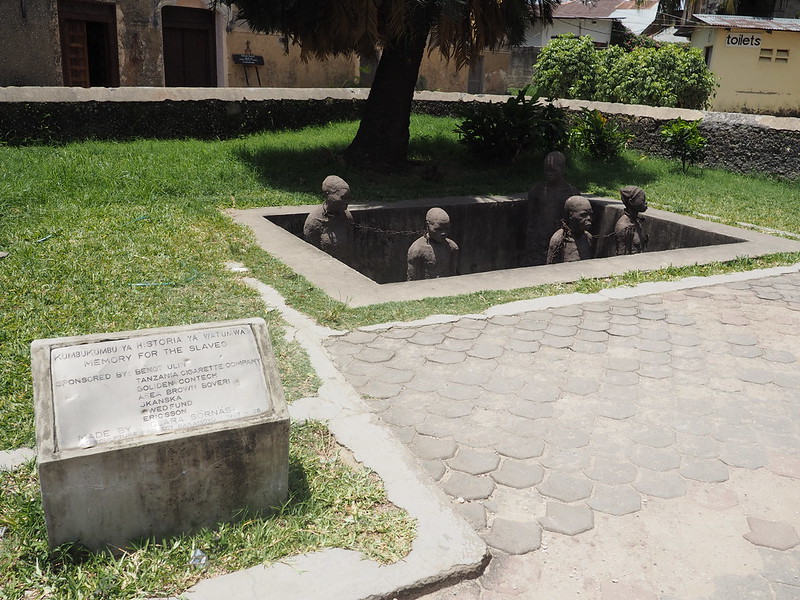
Location description
The Anglican Cathedral of Christ Church was built in Stone Town (the old part of Zanzibar city) in the place where the biggest slave market of Eastern Africa operated. Its altar was placed exactly where the slaves for sale were whipped. On the floor, among the benches, there are black cobblestones as a remembrance of the dungeons used for slaves in the basement. Outside the Cathedral, there is a stone monument showing four people enchained by their necks as a way of reproducing the way in which slaves were offered to buyers.
Near the Church there is the Exhibition of the Slave Market of Eastern Africa, an exhibition center that displays pictures, photographs and historical information.
Since the end of the 15th century, the Portuguese took control of Zanzibar for almost two centuries. In 1698, it became part of the Oman Sultanate after the Portuguese were expelled and the trade of slaves, ivory and spice plantations developed in the island. The trade of slaves was the main activity and it commercially linked Europeans (who used slaves for plantations in the Indian Ocean) with African rulers. By the 19th century, the Zanzibar Sultanate stood out for being the main slave market in Eastern Africa due to its strategic location in the Indian Ocean. It is estimated that between 1830 and 1873, around 600,000 people were sold as merchandise and thousands of other people visited the place temporarily.
Slavery business in the city was run by Europeans, Indians, Arabs and local leaders until its abolition in 1873. Zanzibar was an important center in the campaign against slavery led by the Scottish explorer David Livingstone and other activists during the second half of the 19th century that ended with the abolition of slavery.
In 1861, the country separated from the Oman Sultanate and became part of the British Empire until 1963, when it became independent as the Republic of Zanzibar and Pemba. As a consequence of what is known as the Revolution of Zanzibar, there were thousands of dead and expelled people due to the ethnic tensions between Arab and African communities.
Three months after the Revolution, in April 1964, the country joined the neighboring Republic of Tanganika and created the current United Republic of Tanzania.
The island of Zanzibar is a unique melting pot of cultures due to the flow of people coming from the Arabic peninsula, India, Europe and the African coasts.
When slavery was abolished in the country, the Anglican Cathedral of the Christ Church was built in the same place where the slave market was run and was inaugurated in 1879. The proposal was submitted by Edward Steere, the Anglican Bishop that laid the cornerstone in Christmas 1873. Steere worked with David Livingstone, the British physician and explorer known for fighting against slavery in Africa. The project considered using coral stone, which was the material mainly used in Stone Town (the old part of the city of Zanzibar), thus combining gothic and Islamic designs.
After the Revolution of Zanzibar, the independence of the country was declared and the United Republic of Tanzania was born in the 60s and the identification of places where the slave market was run began in the context of the development of a Zanzibari identity.
The old part of Zanzibar has been added to the UNESCO World Heritage List in 2000 due to the fact that it is one of the biggest slave markets in Eastern Africa and an “extraordinary living example of integration and harmonization of different cultures.” Likewise, as of the 90s, UNESCO and other organizations economically supported the conservation and refurbishment of Stone Town.
In the entrance door of the Cathedral there is a sign that reads: “Your are now standing at the former slave market site, the world’s last open slave market and notorious place where slaves from East and Central Africa regions were bought and sold.” In the basement, there are the dungeons where slaves to be sold were held. When active, there were fifteen rooms but now only two can be visited: one for women and children and another one for men. They were very cold and the benches where slaves were enchained by their necks or feet were made of stone.
Outside the Cathedral, there is the Slave Memorial monument, made in 1998 by the Swedish sculptor Clara Sörnäs. Near the Cathedral, on 15 June 2006, the Exhibition of the Slave Market of Eastern Africa was inaugurated. The museum displays in its rooms the slave transportation, the sale and purchase proceeding, the destination, the abolition of slavery and the new forms of slavery in the 21st century.
